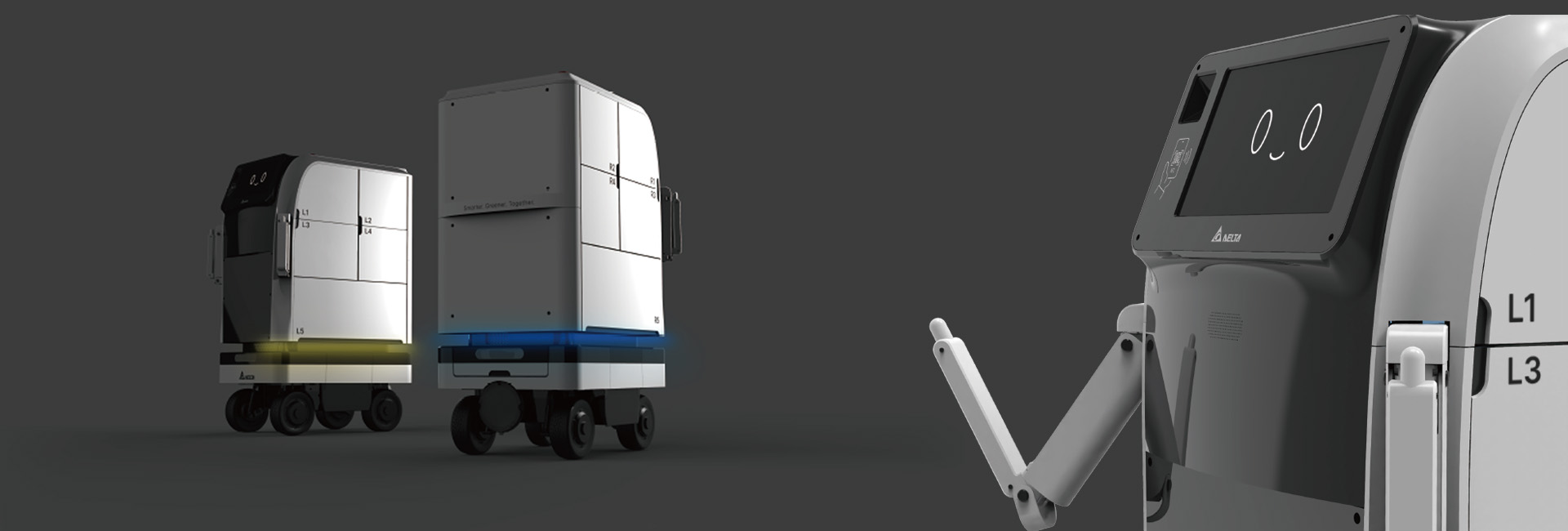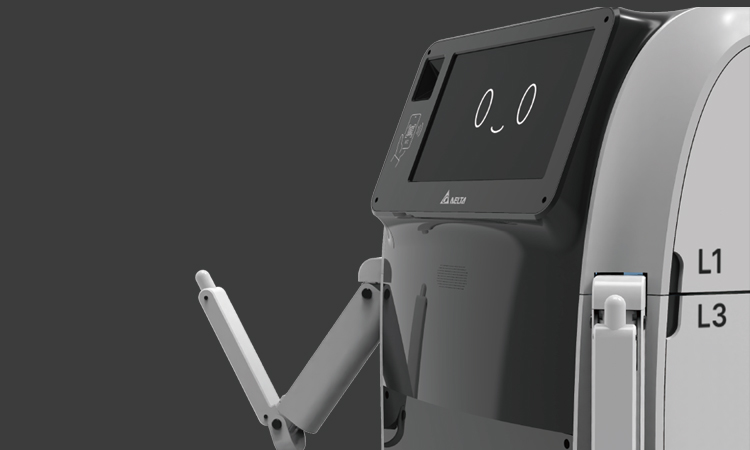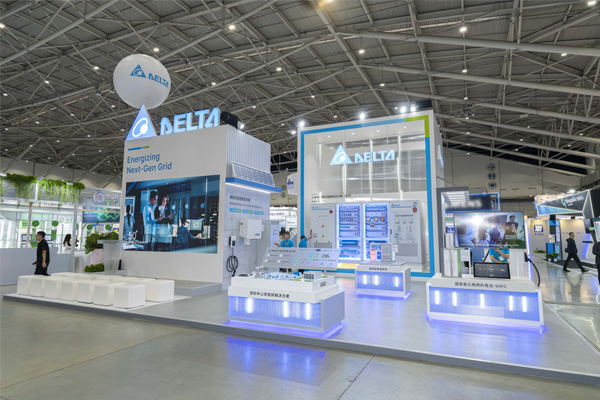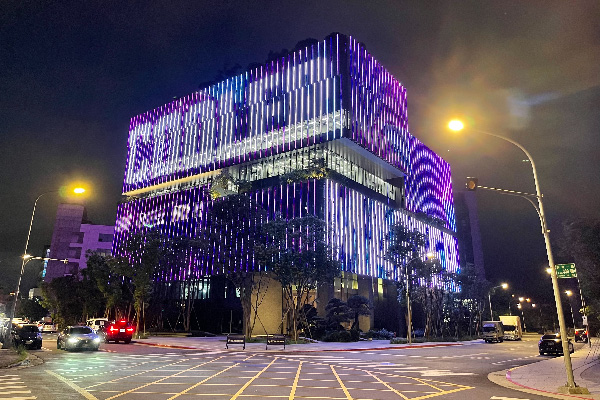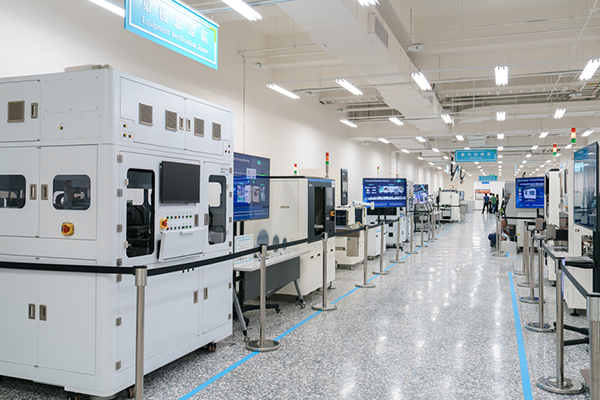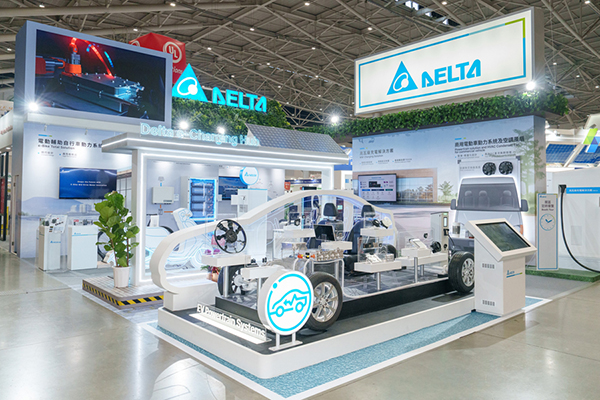Pressing the elevator button, AIDEN is delivering meals to the elderly in a community public housing in Singapore. AIDEN (Autonomous Intelligence for Delivery and Engagement) is a service robot created by Delta Research Center (DRC) that can navigate between urban multi-floor buildings. It can deliver items and make visits to assist the non-profit organization Lions Befrienders (LB) in providing services such as meal delivery and daily necessities to the elderly living at home. It can also make home visits to provide remote check-ins.
 AIDEN can press elevator buttons like a human, providing services such as meal delivery and daily necessities to the elderly living at home.
AIDEN can press elevator buttons like a human, providing services such as meal delivery and daily necessities to the elderly living at home.
Robot taking the elevator: overcoming the market challenges posed by human-centered behavioral mechanism
Before collaborating with LB, the research team identified a market demand: over 80% of Singapore residents live in community public housing, which is specially designed to provide easy access for wheelchair users, with open and barrier-free features. However, there are two main challenges for service robots on the market to enter community public housing: they cannot independently take the community's elevators and move safely and effectively in unpredictable environments. These challenges make it difficult for existing robots to complete the final leg of the journey to residents' homes. Based on these market pain points, the team began development work on AIDEN.
Compared to the service robots currently available on the market, AIDEN's biggest advantage is its ability to be quickly deployed in existing environments without modifying the buildings and elevators, saving time and costs. Because AIDEN can press elevator buttons like a human, enter and exit the elevator in a timely manner, and yield to passers-by, it can safely and smoothly move between floors. In addition, through cameras and sensors, AIDEN can perceive its environment and effectively avoid obstacles. When encountering people, it activates a human-centric response mechanism, such as greeting, indicating its intention, stepping aside to make way for people in narrow corridors, reversing to give way to wheelchair users, and even maintaining a proper distance while waiting for an elevator, yielding to others exiting first, allowing others to enter the elevator first when multiple people are waiting, and stepping aside in the elevator to give space to others entering. DRC trains AIDEN, based on an AI model to accurately detect people and landmarks, identify elevator panels and floor buttons through computer vision technology, and combine advanced human-centered navigation technology to respond in real-time. Due to the unpredictable environment of public housing, whether it's suddenly appearing people, or sudden changes in weather and lighting conditions, AIDEN needs to be flexible and constantly change its path and moving strategies to take the elevators independently and move safely and effectively in the variable and narrow environment.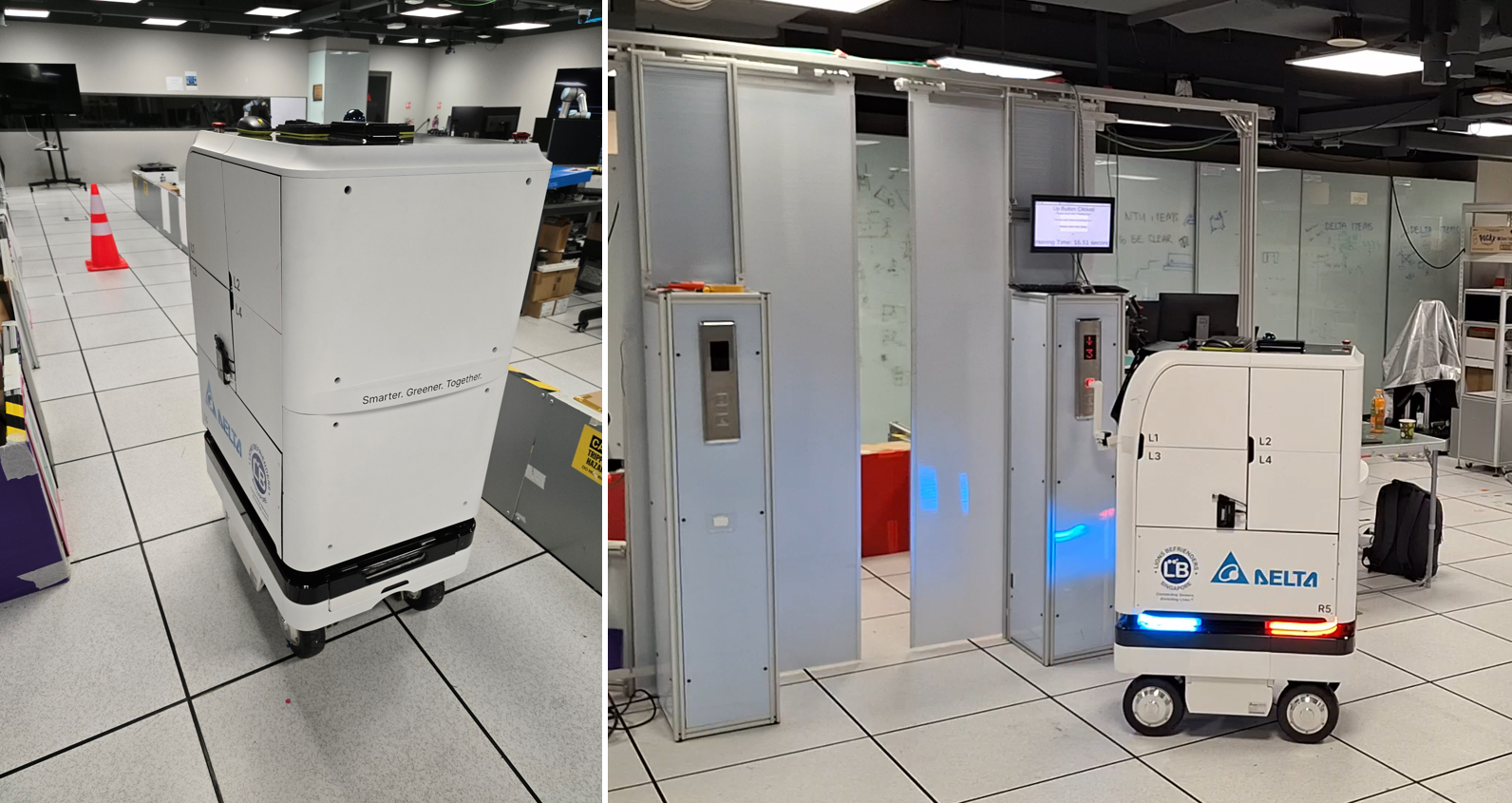 Corridor navigation and elevator riding testing
Corridor navigation and elevator riding testing
Human-robot collaboration enhances the quality of elderly care
To tackle the rising eldercare market demand, DRC and LB have collaborated and initiated the significant first pilot test of AIDEN. LB is a local non-profit organization in Singapore that collaborates with government initiatives to provide elderly lacking family support with living assistance services. These services include meal delivery, daily necessities, and caregiving to enable them to live independently in designated public housing. With the increasing elderly population and shortage of staff and volunteers, LB was looking for a suitable service robot solution to alleviate the burden on its staff. Due to the fact that the elderly served by LB reside in different public housing, it is not feasible to adopt existing robot solutions in the market without modifying each building. This has posed a major obstacle for LB in finding a suitable solution. DRC has customized AIDEN to meet the needs of LB Service for the elderly. AIDEN is able to assist LB staff in performing repetitive and time-consuming tasks such as delivering meals and daily supplies, allowing them to free up more time for important face-to-face work projects. At the same time, AIDEN can also assess the physical and mental condition of the elderly when necessary and assist in contacting LB staff. LB’s Executive Director, Ms. Karen Wee, said, " With the deployment of AIDEN AMR, we saved an average of 44 hours per month. With the time carved out, LB staff could now have more face time engaging our seniors, befriending them.''
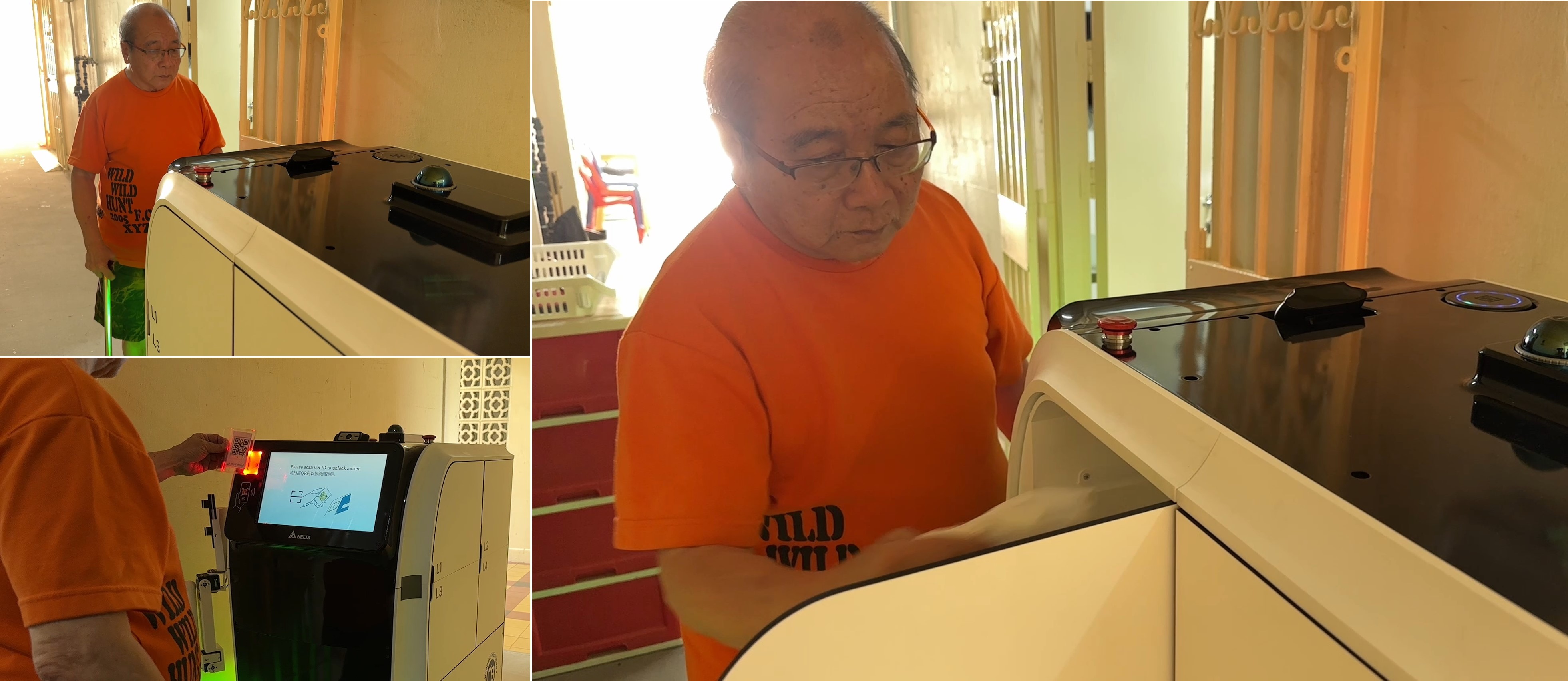 AIDEN assists LB staff in providing living assistance services to the elderly.
AIDEN assists LB staff in providing living assistance services to the elderly.
Continuously optimizing user experience and integrating into community life
During the process of collaborating with LB to implement AIDEN, DRC had to conduct repeated testing, verification, and observation due to the insufficient precedents to learn from. In addition to observing the operation of AIDEN in a real testing environment to optimize its functionality, the team also observed people's behavior and reactions when interacting with AIDEN. This includes whether passers-by can determine if AIDEN's current action is to yield and let them pass, which is part of the team's observation. The AIDEN project team at DRC shared: "During the initial testing phase, we observed that most people, including other residents living in the public housing with the elderly, tended to be more cautious and would allow AIDEN to go first or take the elevator first. However, after a period of time, everyone became familiar with AIDEN's behavior and had confidence in it. They also got used to taking the elevator with AIDEN and would even introduce Delta's AIDEN service robot to visiting friends. This is a great encouragement for us!" In addition, DRC also conducted interviews with relevant users, including LB staff and the elderly who receive services, to understand their user experience. At the end of last year, the research team participated in community activities through LB and conducted market research on more than two hundred residents in the community to understand their thoughts and feedback on service robots. This helped the team optimize AIDEN's functionality, safety, and public acceptance of robots in daily life in the next stage. DRC continuously optimizes AIDEN, integrating it into community life.
DRC continuously optimizes AIDEN, integrating it into community life.
In addition to expanding cooperation with LB, AIDEN will extend its services from serving single buildings to providing mobility services among multiple buildings in the community. DRC will continue to deploy AIDEN into more venues and engage with more institutions providing community services and eldercare, such as hospitals and nursing homes. In the context of a global aging society and the trend of labor shortage, DRC will continue to optimize AIDEN to provide better services to users through innovative energy.




